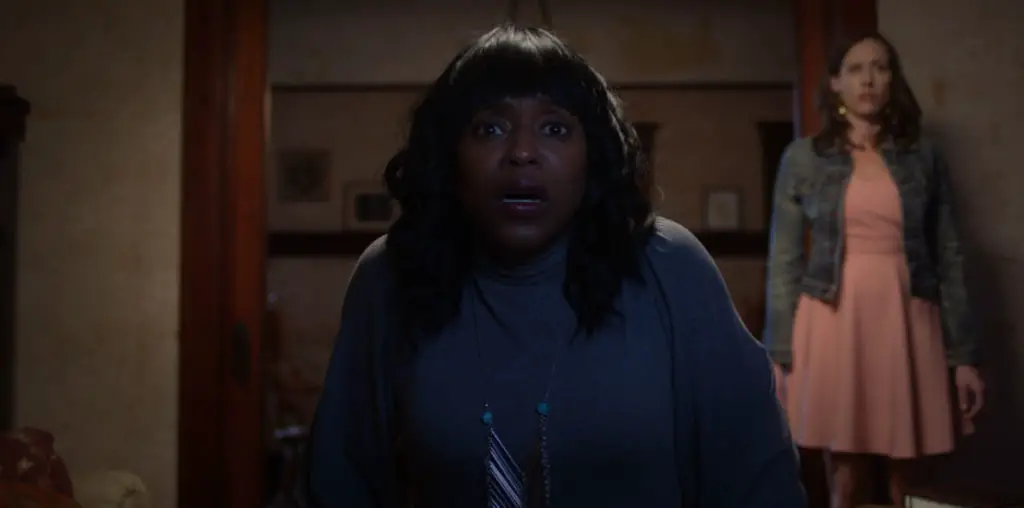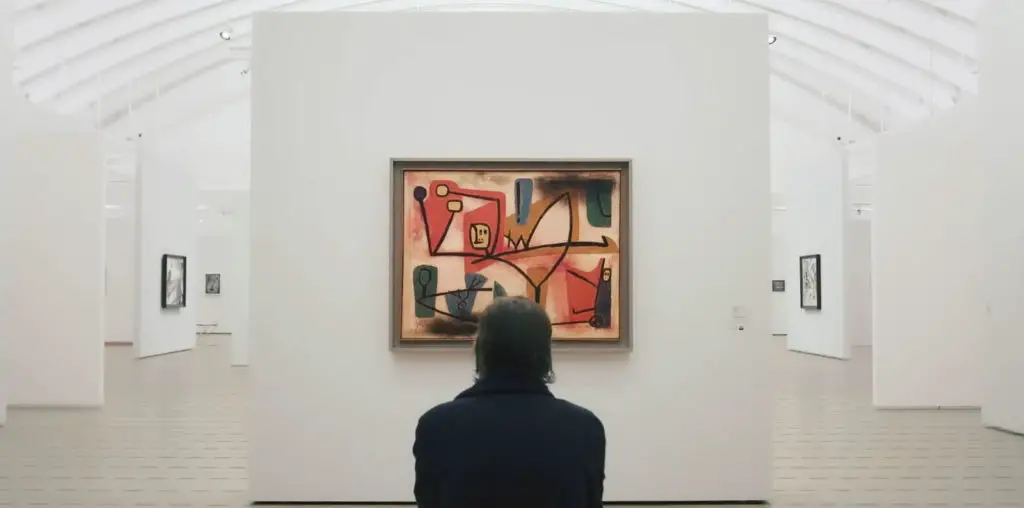
Whether you’ve read the original Dickens story or seen one of the many movie or TV adaptations available of “A Christmas Carol,” it’s common knowledge that Scrooge is seen as miserly, unpleasant, wishing ill of all cheery Christmas celebrants with a swift, “Bah, humbug!”
That’s the general take, changed by all actors who play him based on their talents. And that’s what I’ve arrived at, simple as it may be, in what became an idea for the holidays after picking up a copy of “A Christmas Carol” from the library last week: Why not go through all the available adaptations, seeing how each actor plays Scrooge, the differences between the growls, the harsh words, and of course, the makeup? The actors who have become Scrooge are prestigious indeed: Reginald Owen, Alistair Sim, George C. Scott, Albert Finney, Kelsey Grammer, Michael Caine (the victims of his abuse were Muppets), and even cartoons got in the act, such as Mister Magoo, the Looney Tunes characters, and of course Scrooge McDuck in “Mickey’s Christmas Carol.”
So it was with a Netflix account and access to my local library (as well as to other VHS and DVD stock by way of the ability to place items on hold from other libraries) that I began this, well, I wouldn’t say quest, but I suppose it could be considered more of a dormant interest that’s come alive.
The first available adaptation comes from MGM in 1938, starring Reginald Owen as Scrooge, and he looked very familiar indeed. His use of bits of Dickens’s dialogue is far less pointed than how later actors spoke the words. Being that it was 1938, audiences already had enough pointed words and situations in their lives. With Owen, Scrooge’s statement that those poor who would rather die than go to the workhouses should die and “decrease the surplus population,” is of course just a way to move him along. He’s certainly contemptuous of humankind, at least those who can’t contribute directly to his business and therefore his livelihood.
Right off, Owen’s eyes looked familiar. They’re not hardened eyes at all, certainly not in the way of George C. Scott. Then I realized. Those eyes, the wrinkles around those eyes would serve him well in one particular film, my favorite film of all: Mary Poppins. He played Admiral Boom, who always marked the arrival of every hour with cannonfire, or a “time gun,” as he referred to it.
Now of course, what with three ghosts of Christmas Past, Present, and Future, Scrooge has every right to be nervous about what comes next, especially with the final ghost (in a black robe with a face never seen, performed by D’Arcy Corrigan), who would almost seem to be an inspiration for Bergman’s vision of Death and appropriately so in “A Christmas Carol,” what with the last outing ending at Scrooge’s grave.
In any adaptation of “A Christmas Carol,” any good adaptation, the supporting cast serves the story just as well as the actor playing Scrooge and here, there’s Gene Lockhart as Bob Crachit, whose wife, Kathleen, plays Mrs. Crachit and June Lockhart, years and years before “Lost in Space,” plays one of the Crachit daughters. And just as important as the supporting cast with a dislike for Scrooge until the end is the role of Tiny Tim. Terry Kilburn plays the young boy and it’s a touching performance, considering the appreciation Tim has for all things Christmas and all things family. It’s not at all too cutesy.
And when the end of the film is reached when Scrooge sees what life can be if he is kinder, Owen’s lightened features are certainly a welcome sight, not unlike that of Ann Rutherford circa ’38 as the Ghost of Christmas Past.
On the “Christmas Carol” DVD, watch “Jackie Cooper’s Christmas Party,” which features appearances by Clark Gable, Norma Shearer, Bette Davis, and Marie Dressler, among others, as Jackie invites his sizable football team and apparently the rest of his neighborhood for a Christmas party, but finds that his mother would be subjected to less stress if one of the MGM stages was host to it. I do like 1934’s “Treasure Island” because of Wallace Beery as Long John Silver, planning deeds in the shadows while merely serving as the ship’s cook which I know is true of every performance of Silver, but with Beery, those intentions are hidden just a little bit more than most.
But Jackie Cooper’s performance as Jim Hawkins always bothered me because he plays it too much. In that “Christmas Party” short, watch when he speaks to Norma Shearer. Natural, good-natured, even a little sheepish. Jim Hawkins wanted adventure, surely. But Cooper’s Hawkins is just too much done at once.
Getting back to “A Christmas Carol,” the biggest surprise comes even before you put the DVD in. Either on the back of the case, or the Netflix envelope or the Blockbuster case or wherever you might get the film, the running time causes a bit of a shock. 69 minutes. No matter, though, because it runs quite well. Just enough of the story used for a ’30s studio production.
Next: Alistair Sim’s Scrooge from 1951.


I would like to pass along a question to Timothy Haveman, grandson of Barbara Haveman regarding Reginald Owen. Mr. Haveman commented on this site to feel free to contact him but no contact info is given. Can you help?
I am the grandson of his wife, Barbara Haveman (married in 1956). I am in posession, and am currently pursuing the publication of his autobiography, which he was writing at the time of his death in 1972 (I was 10 years old) Feel free to contact me anytime for information about Reggie.